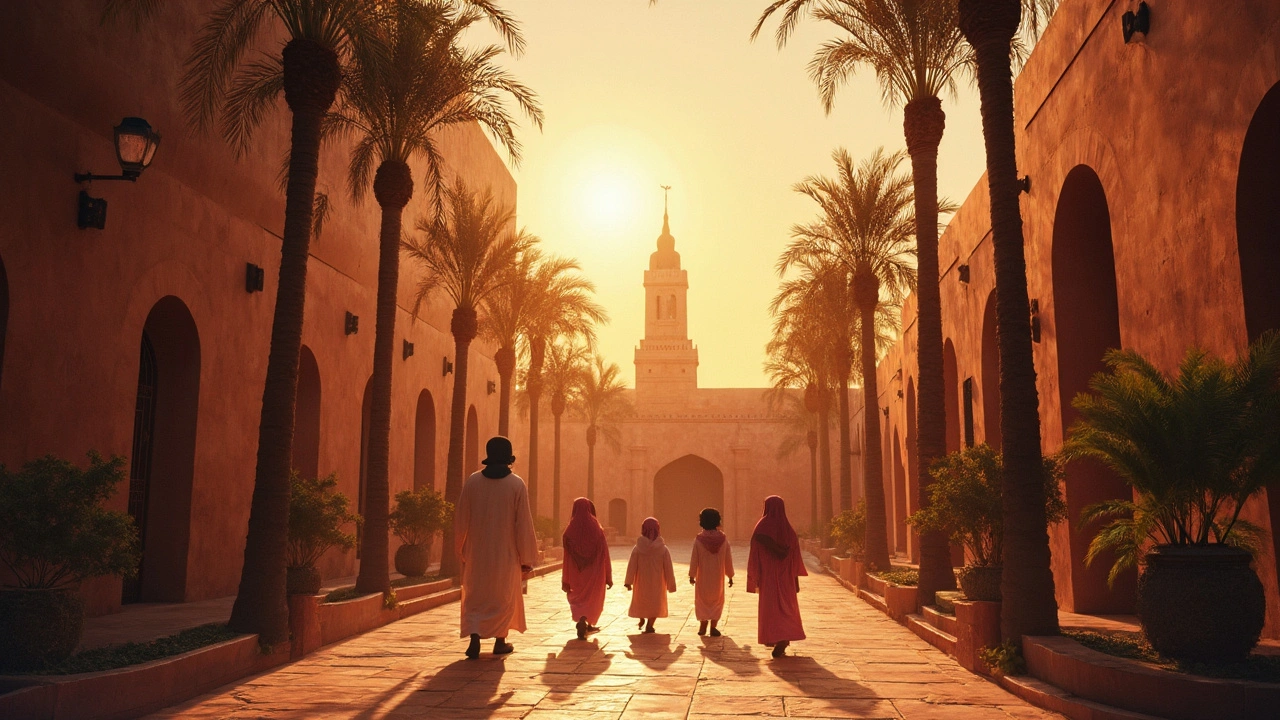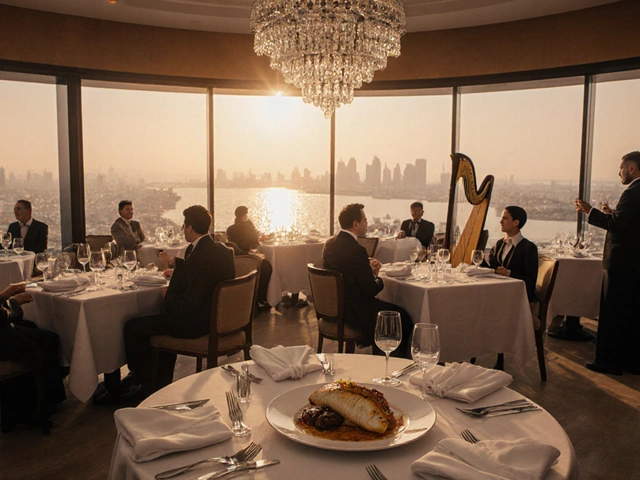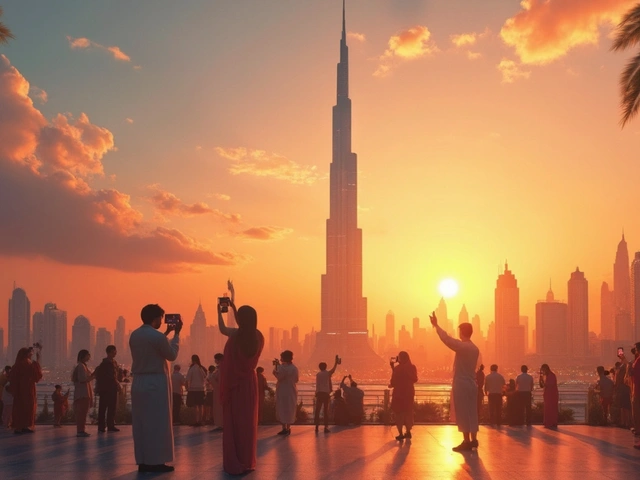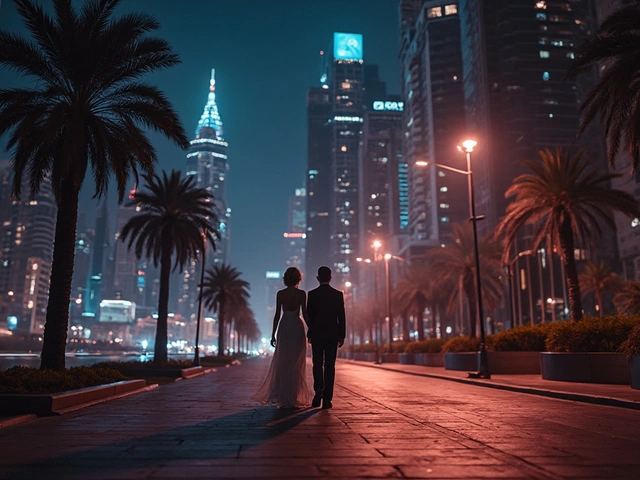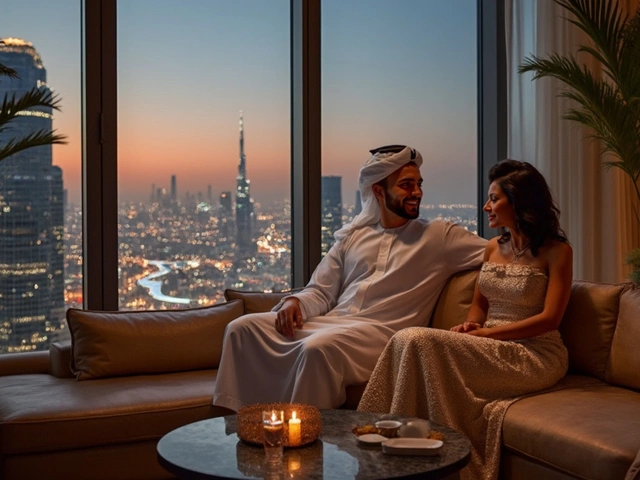UAE History: A Quick Look at Dubai and the Emirates
If you’re curious about how the UAE went from a handful of desert villages to a world‑class destination, you’re in the right place. This guide breaks down the biggest moments, the places you can actually visit, and a few handy tips to make history feel alive on your next trip.
Key Moments That Shaped the Emirates
First off, the story starts long before skyscrapers. Bedouin tribes roamed the dunes for centuries, trading pearls, dates, and camels. In the 1800s, the British signed treaties with the sheikhdoms, which later became the Trucial States. Those agreements kept the region relatively peaceful and opened the door for new ideas.
Fast forward to 1966: oil was finally discovered. Suddenly, there was money to build schools, roads, and ports. By 1971, the seven emirates—Abu Dhabi, Dubai, Sharjah, Ajman, Umm Al Quwain, Fujairah, and Ras Al Khaimah—joined together as the United Arab Emirates. That year is still celebrated every National Day with fireworks, parades, and a lot of pride.
One of the most visible symbols of this rapid change is the Burj Khalifa. Our post "Burj Khalifa Construction Story" walks you through how a small desert project became the world’s tallest building. It’s not just an engineering feat; it’s a reminder of the UAE’s ambition.
Another milestone is the Dubai Frame, highlighted in the "Dubai Frame" article. Completed in 2018, the Frame literally frames the old and new parts of the city, showing how tradition and modernity sit side by side.
Where to Experience History in Dubai
Want to feel the past under your feet? Head to Al Fahidi Historical District. The narrow lanes, wind towers, and the Dubai Museum give you a snapshot of life before the oil boom. Pair that with a quick ride on an abra across the creek for a truly authentic vibe.
If you love stories about how modern attractions came to be, check out the "Dubai Must‑See Attractions" guide. It not only lists places like the Dubai Fountain and the Mall Aquarium but also shares the background that makes each site special.
For a taste of cultural heritage, the desert safari isn’t just about dune bashing. It’s a chance to hear stories about Bedouin life, see traditional music, and taste food that’s been passed down for generations. Our "Desert Safari Dubai" post gives you the practical details you need to book a safe, fun ride.
Lastly, don’t miss the Dubai Mall Aquarium. While it’s famous for its marine life, the "Dubai Aquarium Marine Conservation" article explains how the venue supports global conservation, tying modern tourism back to a responsibility rooted in Emirati values.
So whether you’re stepping into a museum, gazing at a skyscraper, or riding a camel at sunset, the UAE’s history is everywhere. Use these tips to turn every sight into a story you’ll remember long after you leave.

